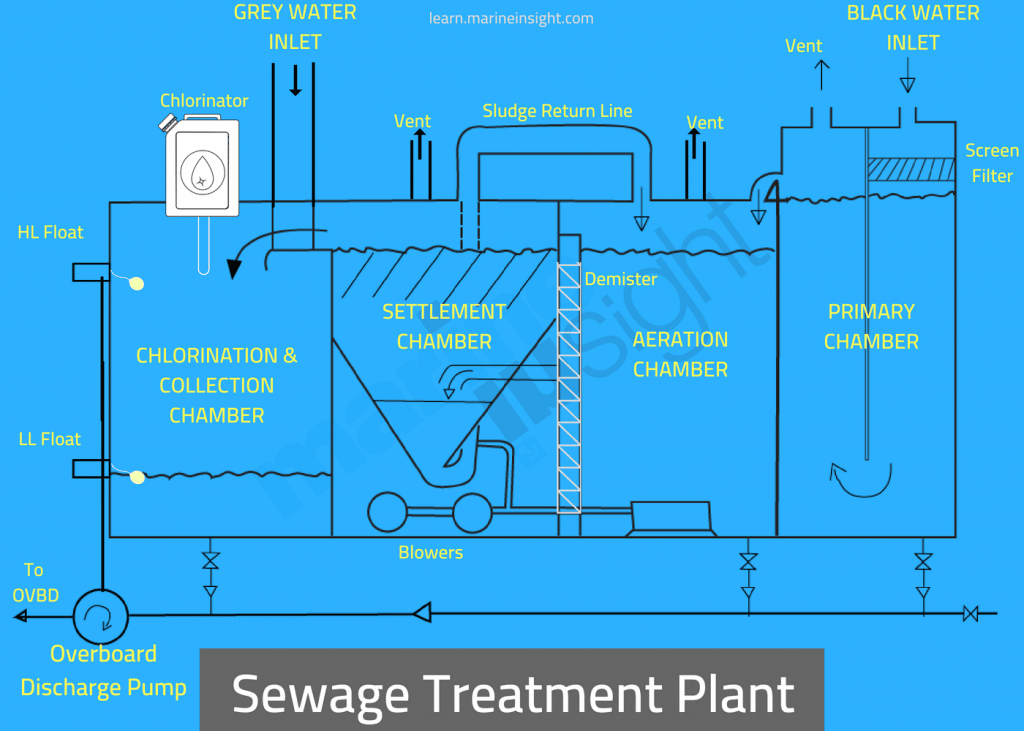Fascination About Industrial Water Treatment
Table of ContentsThe Facts About Industrial Water Treatment RevealedIndustrial Water Treatment for BeginnersThe Ultimate Guide To Industrial Water TreatmentThe smart Trick of Industrial Water Treatment That Nobody is DiscussingThe Facts About Industrial Water Treatment RevealedSome Known Incorrect Statements About Industrial Water Treatment
A common saying in the past was "the solution to contamination is dilution." This is not the most effective treatment method because even percentages of contaminants, such as some pesticides, can develop up, or bioaccumulate, in body fat in time. It is likewise not the favored method because it sends out the message that contaminating the environment is an acceptable course of action.
Often, the particles that require to be filtered out during water treatment are really small. This makes them less likely to settle out and less likely to be strained. industrial water treatment. Chemicals called coagulants and/or filter help are included to the water and blended in (flocculated) to make the fine particles stick together to form bigger particles that can much better settle out or be strained more efficiently.
The function of these 2 steps is to improve the performance of the staying treatment processes. Settling. For facilities dealing with water that contains a great deal of solids, settling or sedimentation is a common treatment action. The process slows the circulation of the water in a pond or basin so heavier products can settle to the bottom.
The 6-Minute Rule for Industrial Water Treatment
For plants treating extremely contaminated raw water, settling might be used as the initial step in the treatment plant (presedimentation) and again following the coagulation and flocculation actions. Filtering. There are numerous techniques of purification used in water treatment. The choice of which type to use is usually a function of the raw water quality.
The product used is usually a granular medium such as sand, crushed anthracite coal, or triggered carbon. Some facilities layer various types and sizes of media. Along with differing the size and kind of filter media, facilities are also developed to run at various circulation rates through the filter media.
Another type of filtering that was more commonly used in the late 1990s and early 2000s is membrane filtering. It takes place by requiring water through a membrane barrier. A membrane resembles a high-tech coffee filter. As water under pressure flows through the membrane, pollutants and organisms are caught on the membrane and not permitted to pass through.
Industrial Water Treatment - An Overview
Membrane filtering is acquiring use in the United States for unique applications and in mix with other kinds of filtration. Disinfection. Filtering and the actions prior to filtration concentrate on the physical elimination of impurities in the water. In addition to physical removal, it is still essential to offer chemical disinfection.
Chlorine was first used in the United States in a water-treatment plant in 1908. The advantage of chlorination is that it continues to eliminate germs as water relocations through pipes to the tap. Its drawback is the possibility of disinfection by-products. Excess chlorine in water can combine with organic product in the water to form substances such as trihalomethanes, which can trigger liver, kidney, or main worried system issues, and are linked to an increased threat of cancer over a life time exposure.
Viruses and giardia are efficiently eliminated by chlorine. Gradually, scientists have actually discovered that some organisms such as Cryptosporidium are resistant to chlorine. Cryptosporidium increased to public attention in 1993 when it sickened over 400,000 individuals, killing a hundred, in Milwaukee, Wisconsin. Mainly because of this scare, brand-new or modified U.S.
An Unbiased View of Industrial Water Treatment

Other Chemical Treatments. Chemicals are contributed to drinking water to adjust its firmness or softness, pH, and alkalinity. Water that is acidic is really corrosive to the pipes and products with which it enters into contact. The addition of sodium hydroxide can reduce corrosivity and extend the service life of pipelines, tank, and structure pipes systems.

Industrial Water Treatment Fundamentals Explained
The earth naturally supplies filtration of microscopic pathogens. It does not always offer sufficient defense versus viruses or chemicals that are discarded on the ground. Groundwater usually consists of greater concentrations of metals like iron and manganese due go to my site to the fact that these click reference metals take place naturally in the earth. Groundwater may also be much harder than surface water.
Some groundwater supplies are not treated at all, while others may be filtered and sanitized. Just like surface waters, the quality of the source dictates what treatment steps are required. Water systems in the United States submit reports monthly to state or federal regulatory agencies, summarizing treatment-plant performance and sampling outcomes.

Industrial Water Treatment - Truths
Orders to boil the water are normally jointly provided by the state health firm and the drinking-water system rapidly after a problem has been found (more than likely by means of telephone and radio) (industrial water treatment). Public notices about issues with regular monitoring results or the failure to gather necessary samples would normally be distributed in the newspaper or by means of the water energy's annual water quality report (likewise called a customer confidence report).